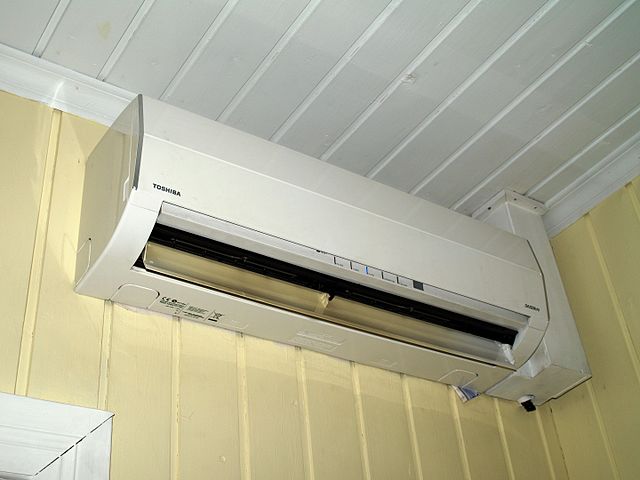You may not have known it, but you may come from a country with comparably cheap power. Japan is a great place, and we got lots of “stuff” to be proud of here, but cheap power isn’t one of them. Leaving your AC or heater running to keep your cat comfortable while you are at work may have been perfectly reasonable at home, but here the bill at the end of the month might surprise you… unpleasantly.
To avoid any such unpleasantness we recommend you look through this list of common appliances and how much it costs to run them. A little bit of knowledge might save you a whole bunch of cash.
Electricity Usage of Selected Appliances
Key: Appliance (factors) unit price ~ annual cost.
* “Jo” is a measure of room size. More info on room sizes here.
- Air-conditioning Unit (*6~18 jo room) JPY 16,000 ~ 50,000/unit
- Washer and Dryer (10kg, everyday use) JPY 9,500 ~ 23,000
- Dish Washer (11 liters. twice a day) JPY 15,000
- Refrigerator (168~601 liters.) JPY 8,400 ~ 10,000
- Light Fixture (*12 jo room, 8hours/day) JPY 3,200/one light fixture
- TV (24~50 inch) JPY 829 ~ 1,554
- Iron (10 min./day) JPY 2,300
- Rice Cooker (5.5 rice cups ) JPY 2,200
- Hair Dryer (10 minutes/day) JPY 2,000/one person
- Microwave JPY 1,600
- Vacuum Cleaner (10 min./day) MAX: JPY 1,400
Save Money When Using Air-conditioning
- Use a fan or a circulator at the same time as the AC unit. Make sure you turn the fan/circulator upward.
- In Japan, the “proper temperature” to set an AC is 28℃ (82.4f) in summer and 20℃ (68f) in winter. (Seriously!)
- Clean the filter every 2 weeks. http://japaninfoswap.com/how-to-clean-your-air-conditioner
- Use the automatic operation mode, so the AC only kicks in when needed.
- Do not put or store things around the part of the AC that sits outside.
- Do not turn the AC on and off for only a short time (ex.30 min.), because the most electric power is consumed when it starts.
- Keep the vane (fan blades) pointed down while warming room, keep the vane flat while cooling one.
- In summer, close the curtains or the blinds to shut the sunshine. In winter, open the curtains to get the sunshine.
Electricity Usage of Heating Appliances
 It is not just hot in Japan, its cold. In some cases VERY cold. In most cases, you are still better off using your AC to heat in winter, but it will depend on your specific circumstances. Below is a list of scenarios and a suggested heating method.
It is not just hot in Japan, its cold. In some cases VERY cold. In most cases, you are still better off using your AC to heat in winter, but it will depend on your specific circumstances. Below is a list of scenarios and a suggested heating method.
[spacer height=”20px”]
Halogen Heater (For *3 jo tatami room) (see examples)
high: JPY 27/hour
medium: JPY 18.09/hour
low: JPY 8.91/hour
Carbon Heater (see examples)
high: JPY 24.3/hour
low: JPY 12.15/hour
Oil Heater (For 8-10 tatami room) (see examples)
high: JPY 32.4/hour
medium: JPY 18.9/hour
low: JPY 13.5/hour
Air-conditioning unit (For 8-10 tatami room) (see examples)
JPY 2.8 ~ 53.5/hour
Hot Carpet (For 2 tatami room) (see examples)
high: JPY 8.5/hour
medium: JPY 6.2/hour
Kotatsu (see examples)
high: JPY 4.6/hour
low: JPY 2.2/hour
The Most Efficient Use of Different Heating Appliances
- To warm the entirety of a large space -> Use an air-conditioning unit
- To warm the entirety of a small to medium space -> Use an oil heater
- To warm a specific part of a space -> Use an oil heater
- To use for only a short period -> Use a Halogen Heater / Carbon Heater
- To warm only your feet or hands -> Use a kotatsu
- To keep the cost as low as possible -> Use a kotatsu
Photo by: www.fepc.or.jp Used without permission http://www.fepc.or.jp/english/about_us/service_areas/
Photo by: Santeri Viinamäki [CC BY 4.0], from Wikimedia Commons


